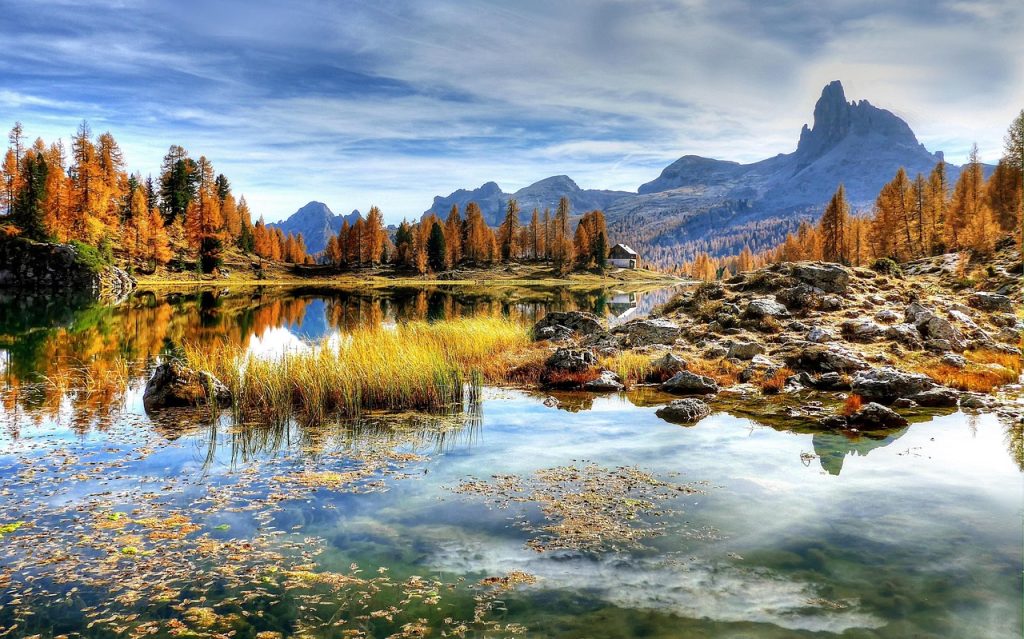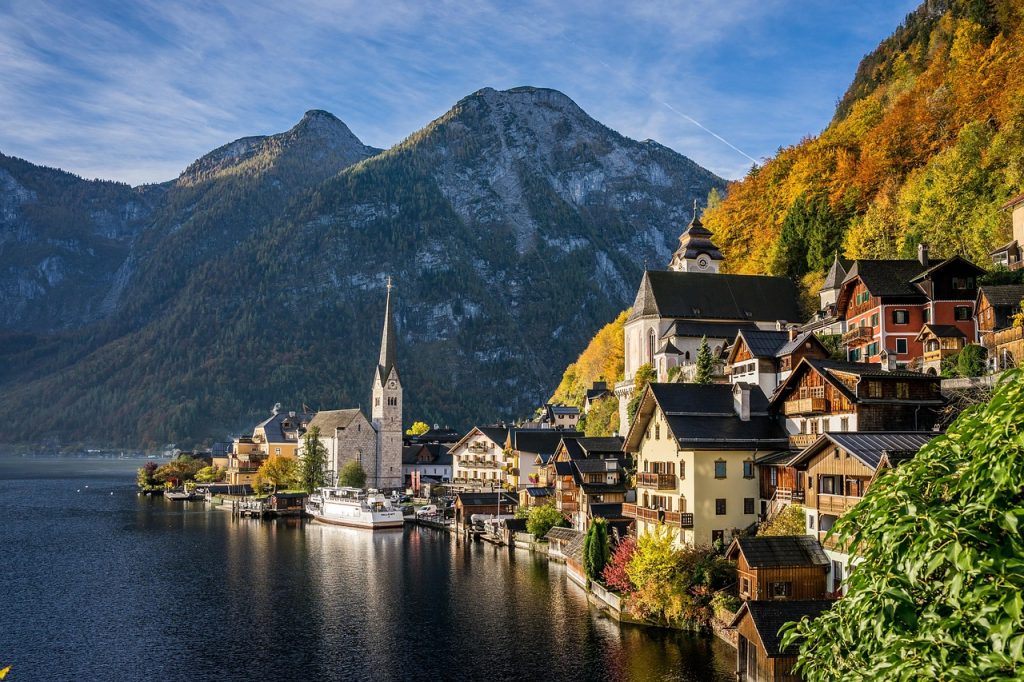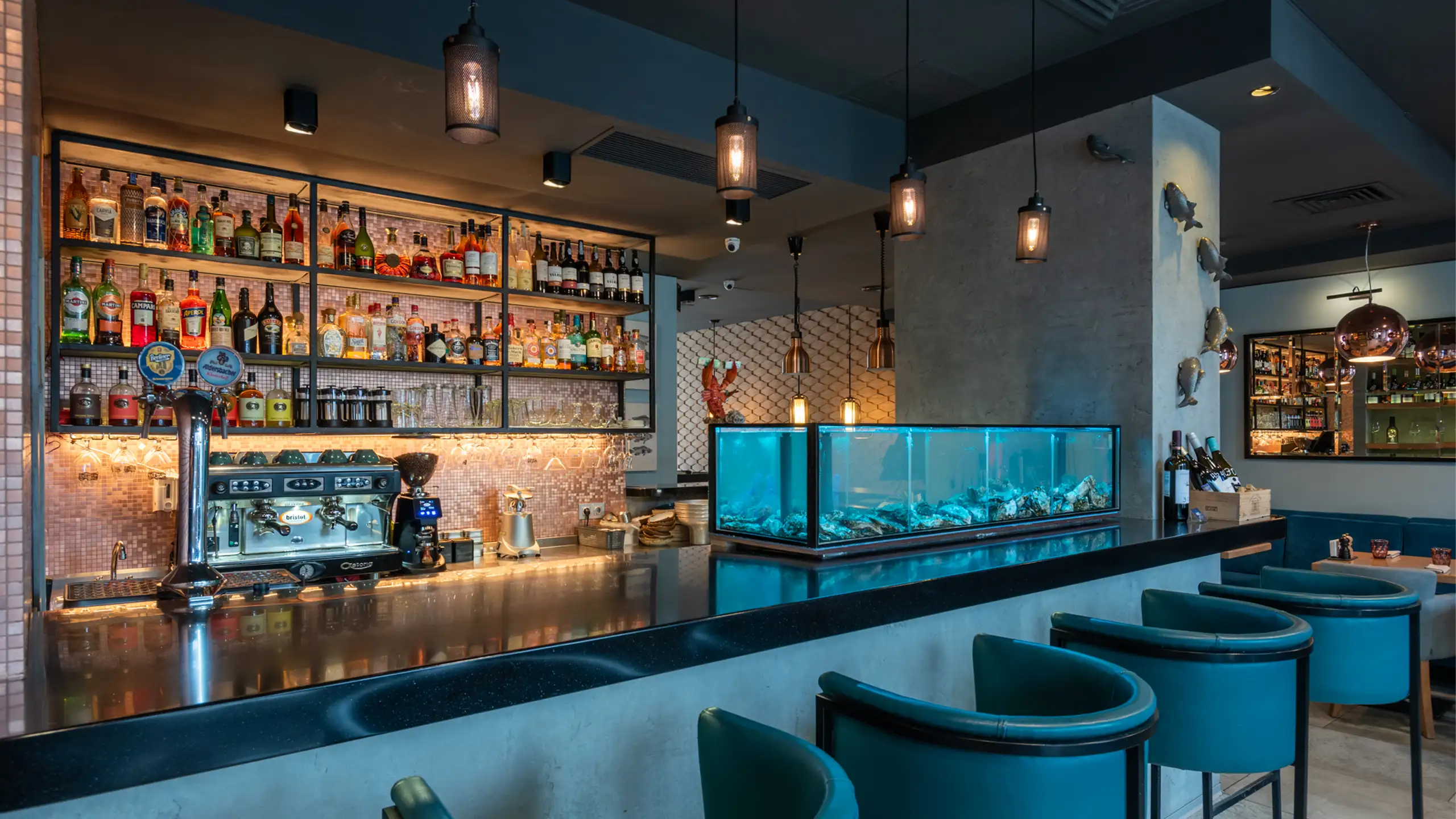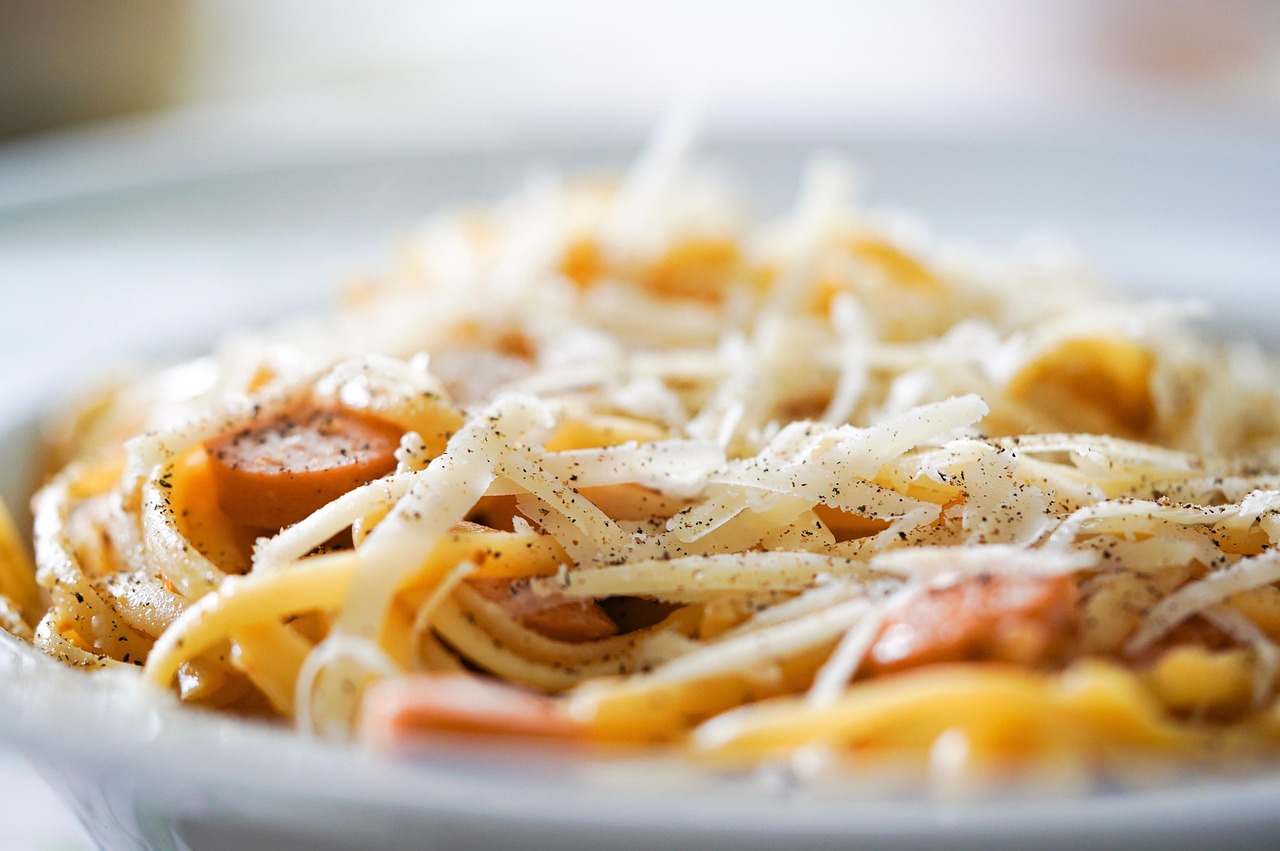Austria may be famous for its schnitzel and sachertorte, but the country’s rich culinary landscape tells a more complex story – one deeply intertwined with Italian flavors and traditions. The historical connection between Austria and northern Italy, dating back to the days of the Austro-Hungarian Empire, has created a unique fusion that delights food enthusiasts across the Alpine nation. For those seeking authentic Italian cuisine while exploring Austria’s magnificent cities and countryside, a gastronomic adventure awaits that combines the best of both culinary worlds.
The influence of Italian cuisine in Austria extends far beyond simple pizza and pasta. Centuries of cultural exchange, trade relationships, and shared Alpine geography have created a distinctive culinary landscape where traditional Austrian dishes incorporate Italian techniques, while Italian restaurants have adapted to local tastes and ingredients. This beautiful marriage of flavors makes Austria an unexpected paradise for Italian food lovers.
Vienna: Where Italian Elegance Meets Imperial Grandeur
Vienna, Austria’s imperial capital, serves as a magnificent backdrop for some of the country’s finest Italian dining experiences. The city’s historic relationship with northern Italy is evident in its numerous authentic Italian establishments, many of which have been family-run for generations.
In the heart of Vienna’s first district, Osteria Italiana offers an intimate setting where traditional Venetian dishes are prepared with Austrian precision. Their handmade gnocchi with gorgonzola and walnuts represents the perfect marriage of Italian creativity and Austrian attention to detail. The restaurant’s wine selection features both Italian classics and Austrian varietals that complement the menu beautifully.
For those seeking a more contemporary approach, Il Mercante near the Naschmarkt showcases modern Italian cuisine with an Austrian twist. Their seasonal menu changes regularly, featuring dishes like risotto with Styrian pumpkin seed oil – a quintessentially Austrian ingredient applied to an Italian classic. The restaurant’s commitment to sourcing local ingredients while maintaining Italian authenticity creates a unique dining experience that reflects Vienna’s cosmopolitan character.
Figlmüller deserves special mention for its famous schnitzel, but many don’t know about their lesser-known Italian offerings. Their carpaccio, prepared with Austrian beef and served with local pumpkin seed oil, demonstrates how Italian techniques can enhance regional Austrian ingredients. This fusion approach has made the restaurant a favorite among both locals and tourists exploring Vienna’s diverse culinary scene.
The Naschmarkt itself offers numerous Italian food stalls and small restaurants where visitors can sample everything from authentic Sicilian arancini to Tuscan olive oils. These vendors often source directly from Italy while incorporating local Austrian ingredients, creating unique fusion dishes that cannot be found elsewhere.
Salzburg’s Hidden Italian Treasures
Mozart’s birthplace holds its own collection of Italian culinary gems, many tucked away in the medieval old town’s narrow streets. Salzburg’s proximity to South Tyrol has created a particularly strong connection to northern Italian cuisine, with many restaurants specializing in Alto Adige dishes that reflect both Austrian and Italian influences.
Ristorante Pizzeria da Salvatore, located in the shadow of Hohensalzburg Fortress, has been serving authentic Neapolitan pizza since 1978. Their wood-fired oven, imported directly from Naples, produces pizzas with the characteristic charred edges and soft centers that define authentic Italian pizza. The margherita pizza here uses Austrian mozzarella from local dairies, creating a unique twist on the classic recipe.
Osteria del Borgo offers an upscale dining experience featuring dishes from various Italian regions. Their signature dish, brasato al Barolo with Austrian forest mushrooms, exemplifies the restaurant’s philosophy of honoring Italian traditions while embracing local ingredients. The establishment’s wine cellar features an impressive collection of both Italian and Austrian wines, with knowledgeable sommeliers helping guests find perfect pairings.
For a more casual experience, Café Tomaselli, one of Austria’s oldest coffeehouses, offers excellent Italian pastries alongside their famous Austrian coffee culture. Their cannoli, filled with fresh ricotta and featuring Austrian honey, represents the delightful fusion that makes Salzburg’s Italian food scene so special.
The seasonal aspect of Italian cuisine in Salzburg cannot be overlooked. During truffle season (September through December), several restaurants offer special menus featuring both Italian black truffles and local white varieties. Il Sole, a family-run trattoria near Mirabell Palace, creates exceptional truffle dishes that showcase this seasonal luxury in both traditional Italian preparations and innovative Austrian applications.
Alpine Italian Fusion in Austria’s Mountain Regions
Austria’s Alpine regions offer a unique perspective on Italian cuisine, where mountain ingredients and traditional cooking methods create something entirely distinctive. In these areas, Italian immigrants who came to work in the mining and tourism industries established restaurants that have evolved into essential parts of local culinary culture.
Innsbruck boasts several excellent Italian establishments that cater to both locals and the international skiing community. La Cucina specializes in hearty Italian dishes adapted for mountain appetites. Their polenta with Austrian cheese and speck creates a perfect après-ski meal that satisfies cravings for both comfort and sophistication.
In the Tyrol region, restaurants like Gasthof zum Hirschen offer Italian-inspired dishes using ingredients from local Alpine farms. Their spinach and ricotta dumplings, served with sage butter and local mountain cheese, demonstrate how Italian techniques can transform traditional Austrian ingredients into something extraordinary.
The Salzkammergut region features several Italian restaurants that take advantage of the area’s pristine lakes and mountains. Ristorante Bellavista at Lake Wolfgang serves fresh fish prepared with Italian herbs and techniques, while their terrace offers stunning views of the surrounding Alps. This combination of Italian culinary artistry and Austrian natural beauty creates an unforgettable dining experience.
Winter visitors to Austria’s ski resorts will find that many mountain huts and restaurants offer Italian-inspired dishes alongside traditional Austrian fare. Hot Italian soups, hearty pasta dishes, and warming grappa provide perfect respite from cold mountain days, while maintaining the authenticity that makes these meals memorable.

Planning Your Italian Culinary Tour Through Austria
Creating an itinerary that maximizes your Italian food experiences across Austria requires thoughtful planning and reliable transportation. The country’s compact size makes it possible to experience diverse regional variations of Italian cuisine within a relatively short trip.
A well-planned culinary tour might begin in Vienna, where you can explore the city’s sophisticated Italian restaurants and learn about the historical connections between the two countries. According to Austria’s official tourism website, Vienna offers numerous guided food tours that include Italian establishments alongside traditional Austrian venues.
The journey from Vienna to Salzburg provides opportunities to stop in smaller towns that offer their own Italian food discoveries. Many travelers find that having flexible transportation arrangements enhances their ability to explore off-the-beaten-path restaurants and local food markets. For groups planning comprehensive culinary tours across Austria charter bus services can provide comfortable transportation between cities while allowing the flexibility to make spontaneous stops at interesting restaurants or local food producers.
Salzburg serves as an excellent base for exploring both the city’s Italian restaurants and day trips to nearby Alpine regions. The city’s compact historic center allows visitors to walk between multiple Italian establishments in a single evening, creating opportunities for progressive dinners or comparative tastings.
For those venturing into Austria’s mountain regions, consider planning stays that coincide with seasonal food festivals. Many Alpine towns host celebrations that feature both Austrian and Italian cuisines, providing unique opportunities to experience fusion cooking at its finest.
Timing your visit can significantly enhance your culinary experience. Spring brings fresh Alpine herbs that many Italian restaurants incorporate into their dishes. Summer offers outdoor dining opportunities with spectacular mountain views. Autumn provides truffle season and harvest celebrations. Winter creates cozy indoor dining experiences with hearty, warming dishes that blend Italian techniques with Austrian winter ingredients.
Practical Tips for Italian Food Lovers in Austria
When exploring Italian restaurants in Austria, consider making reservations, especially during tourist seasons and in smaller towns where popular establishments may have limited seating. Many Austrian Italian restaurants offer both lunch and dinner menus, with lunch often providing excellent value and smaller portions perfect for travelers planning multiple meals.
Wine enthusiasts should explore the interesting selections available at Austrian Italian restaurants. Many establishments offer both Italian wines and Austrian varietals that pair beautifully with Italian dishes. Austrian white wines, particularly Grüner Veltliner and Riesling, often complement Italian seafood and pasta dishes exceptionally well.
Don’t miss the opportunity to visit local markets and specialty food shops that import Italian ingredients or create Austrian versions of Italian products. These venues often provide insights into how Italian culinary traditions have adapted to Austrian tastes and local ingredients.
Consider learning a few basic Italian phrases, as many Italian restaurant owners and chefs in Austria appreciate customers who show interest in Italian culture and language. This can often lead to recommendations for off-menu specials or insights into the best dishes for your particular preferences.
Budget considerations vary significantly between cities and regions. Vienna tends to be more expensive, while smaller Alpine towns may offer excellent value, especially for lunch menus. Many restaurants offer fixed-price menus that provide good value while allowing you to experience multiple courses.

Conclusion: A Feast for All Senses
Austria’s Italian food scene represents far more than simple culinary tourism – it embodies centuries of cultural exchange, adaptation, and innovation. From Vienna’s elegant Italian restaurants that honor imperial traditions to Salzburg’s cozy trattorias that blend Mozart-era charm with Mediterranean warmth, each meal tells a story of two cultures creating something beautiful together.
Whether you’re savoring hand-rolled pasta in a Vienna osteria, enjoying wood-fired pizza beneath Salzburg’s fortress, or warming up with hearty Italian-inspired dishes in an Alpine hut, Austria offers Italian food experiences that cannot be found anywhere else in the world. The combination of Italian culinary artistry with Austrian precision, local ingredients, and stunning settings creates a gastronomic adventure that satisfies both appetite and wanderlust.
For food lovers planning their Austrian adventure, remember that the best Italian meals often come from embracing the fusion rather than seeking exact replicas of dishes from Italy. Austria’s Italian restaurants have evolved to reflect their unique position between two great culinary traditions, creating flavors and experiences that honor both while creating something distinctively their own.
Pack your appetite, bring your curiosity, and prepare for a culinary journey that will change how you think about both Italian food and Austrian cuisine. In Austria, Italian food isn’t just a meal – it’s a delicious lesson in how cultures blend, adapt, and create something beautiful together.


